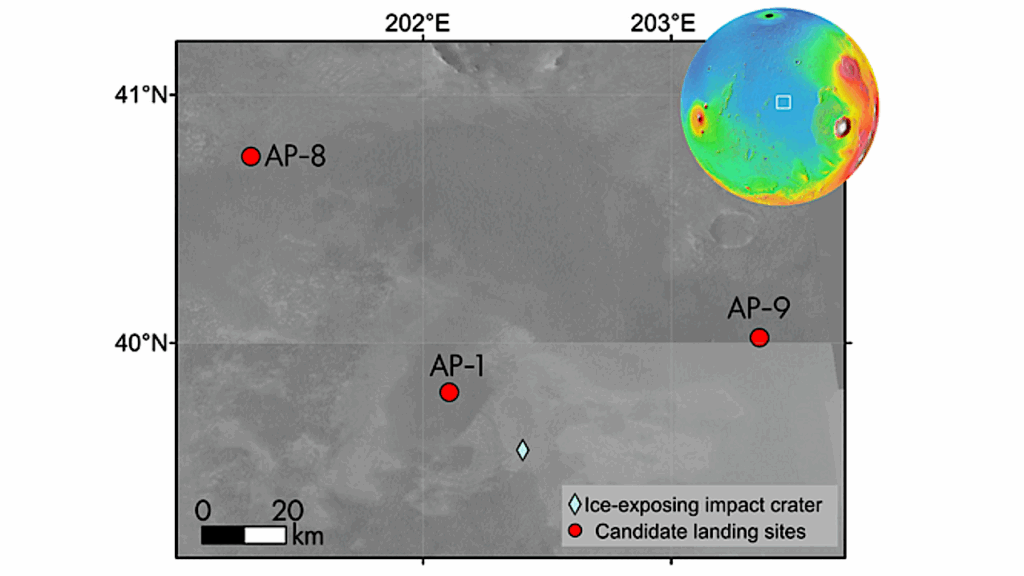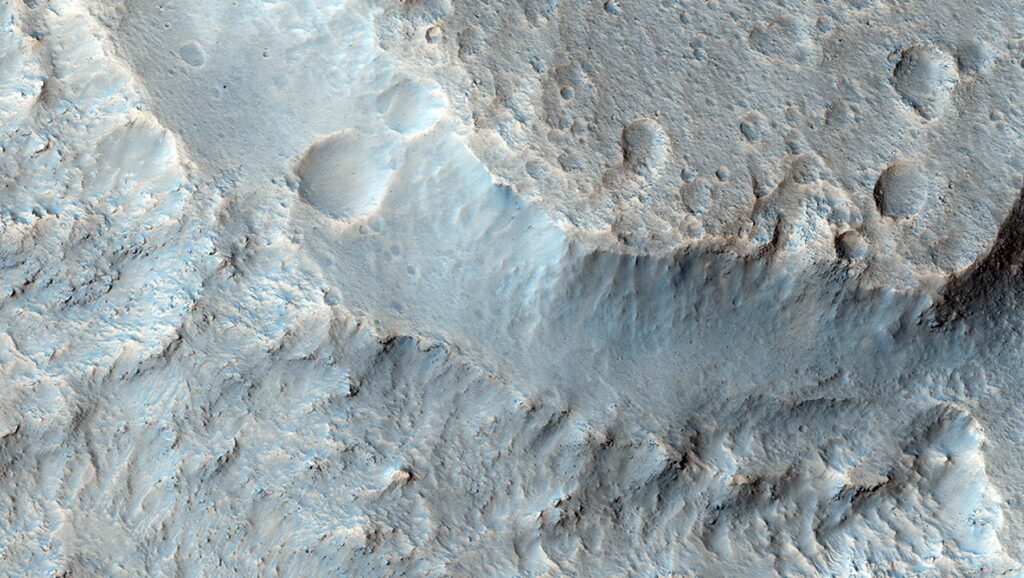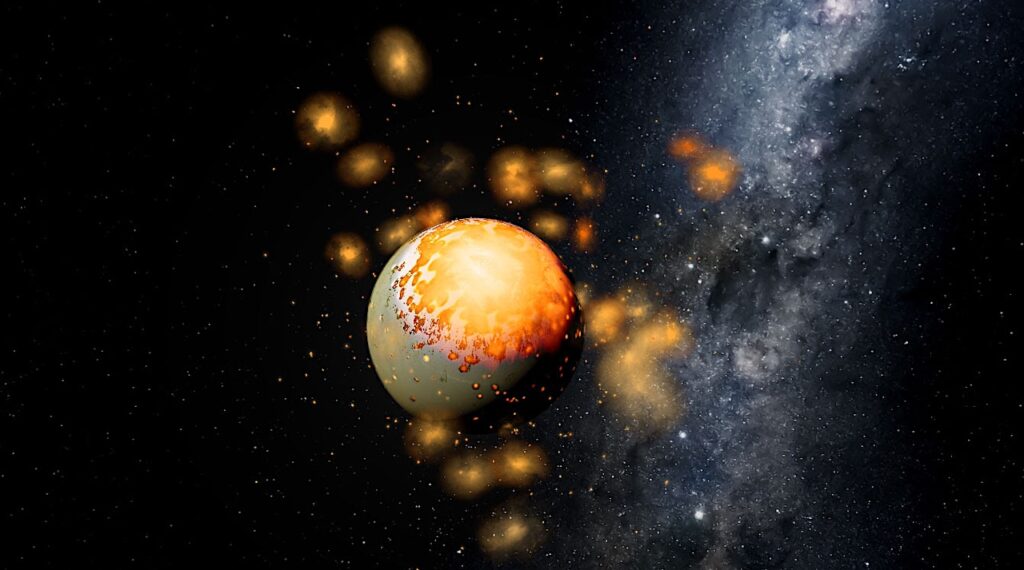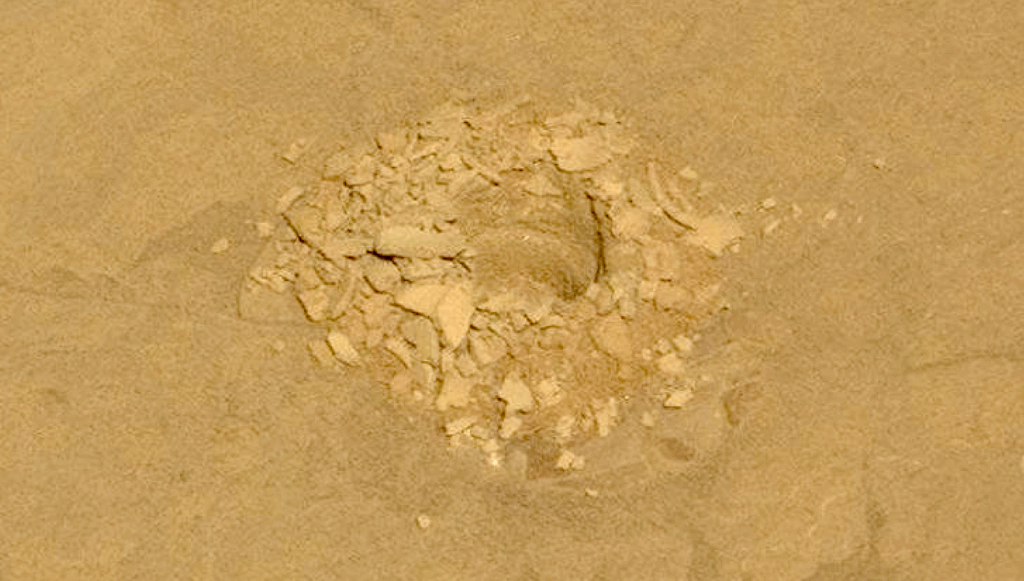Source Of Ancient Martian Rocks Found Using Perth Supercomputer

Five to ten million years ago an asteroid smashed into Mars. It created a massive crater and propelled a chunk of ancient Martian crust into space as a new meteorite, which eventually crashed into Africa.
We now know where on Mars that meteorite came from, thanks to a supercomputer-powered technology that allows us to explore the geology of planets without leaving home.
Remains of meteorite NWA 7034, known as Black Beauty, were discovered in Western Sahara in 2011. The story of its creation is told for the first time in Nature Communications by a global team led by researchers from Curtin University, supported by the Pawsey Supercomputer in Perth, Australia, and with colleagues in France, Côte d’Ivoire, and the United States.
Black Beauty is formed of Martian rocks formed nearly 4.5 billion years ago when the crusts of both Earth and Mars were still young. Now we know the source of Black Beauty, researchers can use it to compare the formation of Mars and Earth.
The technology behind the discovery will be used to identify the source of other Martian meteorites but also to identify billions of impact craters on the surface of Mercury and the Moon. More than 300 Martian meteorites have been found on Earth to date.
Researchers named the crater Karratha after a city in Western Australia that is home to one of the Earth’s oldest rocks. The team want NASA to prioritise the area around Karratha Crater as a future landing site on Mars.
The source of the rocks on Mars was found by analysing thousands of high-resolution planetary images from a range of Mars missions.
The team identified about 90 million impact craters by running a machine learning algorithm on one of the fastest supercomputers in the Southern Hemisphere, at the Pawsey Supercomputing Research Centre. The algorithm was partially developed by Kosta Servis, a senior data scientist at the Centre.
The research was led by Dr Anthony Lagain, from Curtin University’s Space Science and Technology Centre, with co-authors from Paris-Saclay University, Paris Observatory, Muséum National d’Histoire Naturelle, the French National Centre for Scientific Research, the Félix Houphouët-Boigny University, Côte d’Ivoire, and Northern Arizona University and Rutgers University in the US.
Early crustal processes revealed by the ejection site of the oldest martian meteorite, Nature Communications

a Global context of the 19 crater candidates18 (Supplementary Table 1) and location of provinces and rovers (yellow triangles) referred to in the present study. Background: Mars Orbiter Laser Altimeter (MOLA) shaded relief (https://astrogeology.usgs.gov/search/map/Mars/GlobalSurveyor/MOLA/Mars_MGS_MOLA_DEM_mosaic_global_463m). b, c: Magnetic field intensity and remanent magnetization at the surface from ref. 27. d, e Potassium and Thorium concentration at the surface from ref. 28,30. Beige area corresponds to discarded provinces due to the weathered basaltic surface contribution (Methods).
Astrobiology,








